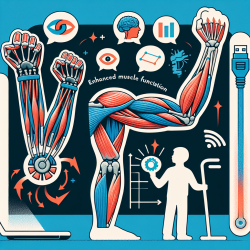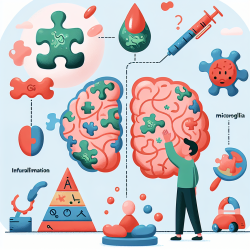Introduction
Prader-Willi Syndrome (PWS) is a complex neurodevelopmental disorder characterized by a range of symptoms, including hyperphagia, obesity, and growth retardation. While the condition is relatively rare, it presents significant challenges for affected individuals and their families. Understanding the underlying mechanisms of PWS is crucial for developing effective interventions and improving outcomes for children with this disorder.
Understanding the Latest Research
A recent study titled Paradoxical leanness in the imprinting-centre deletion mouse model for Prader–Willi syndrome offers new insights into the metabolic impairments associated with PWS. Conducted by Golding et al., this research explores the effects of imprinting-center deletion on metabolic function in a mouse model, providing valuable data that can inform therapeutic practices.
Key Findings
- Metabolic Impairments: The study found that mice with imprinting-center deletions exhibited significant metabolic impairments, including reduced body weight and marked abdominal leanness, contrasting with the obesity typically seen in human PWS.
- Thermogenesis: PWS-ICdel mice showed increased thermogenic activity, with a 48% reduction in brown adipose tissue weight and significant 'beiging' of white adipose tissue.
- Feeding Behavior: Despite hyperphagia, PWS-ICdel mice failed to gain weight on a high-fat diet, suggesting a unique metabolic adaptation.
Implications for Practitioners
For speech-language pathologists and other practitioners working with children with PWS, these findings highlight the importance of considering metabolic factors in therapy planning. Understanding the metabolic profile of PWS can help practitioners tailor interventions to address specific challenges related to feeding and energy balance.
Encouraging Further Research
While the mouse model provides valuable insights, further research is needed to explore the applicability of these findings to humans. Practitioners are encouraged to stay informed about ongoing research and consider participating in studies that aim to translate these findings into clinical practice.
Conclusion
The study by Golding et al. underscores the complexity of PWS and the need for a multidisciplinary approach to treatment. By integrating insights from research into clinical practice, practitioners can enhance their ability to support children with PWS and improve their quality of life.
To read the original research paper, please follow this link: Paradoxical leanness in the imprinting-centre deletion mouse model for Prader–Willi syndrome.










